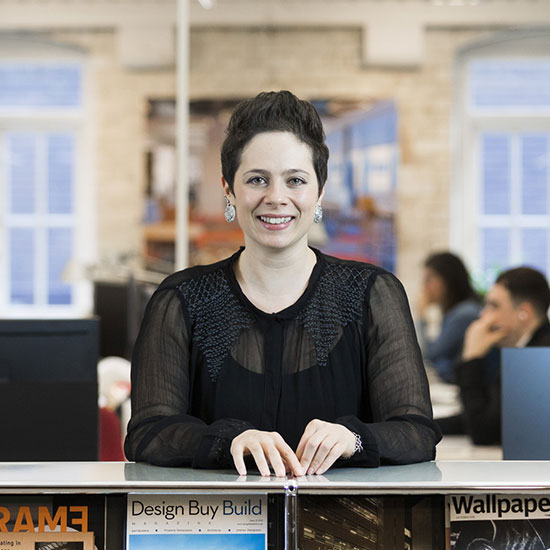#{Title}
#{Copy}

Lora joined BDP in 2011. She holds a Master's degree in Lighting Design from University College London. In 2024 she was named as one of '40 under 40' young and outstanding individuals who work in a creative capacity with the application of lighting in architecture.
She has worked on a variety of projects across the workplace, retail, heritage, healthcare and academic sectors throughout Europe, China and the Middle East. Her recent experience includes the multi award-winning Student Centre, Wilkins Refectory and Terrace for University College London, PWC, Great Ormond Street Hospital, UAL London College of Communications, the Restoration and Renewal Programme for the Palace of Westminster and Paddington Lawn.
A regular speaker on the industry circuit, she has presented papers about the effect of saturated coloured light upon both the individual and society and the links between wellbeing and light at several international conferences, including IALD Enlighten in San Diego, Barcelona and Seattle and most recently Palm Springs.
She has created numerous temporary light installations including IALD 100W challenge, Maggie’s Cultural Crawls and an exciting façade installation incorporating art, light and technology which transformed the Guildhall in Cambridge as part of the E-Luminate Festival in 2017.
She is attracted to working with light because of its undefinable and beautiful qualities and its impact on humanity's creations. "Light touches our hearts and souls with its ethereal presence.
Research on the links between light and health; most notably the re-discovery of the blue-sensitive receptors in the eye which influence hormone production and our sleep/wake circadian pattern is a milestone in lighting research and how we should design spaces for human occupation.